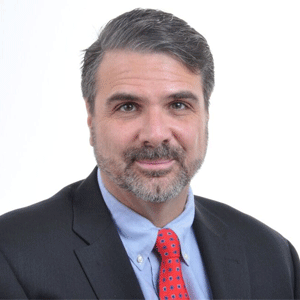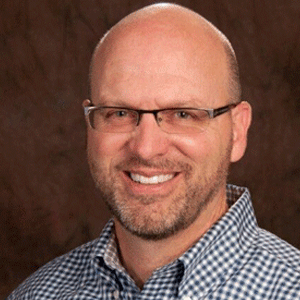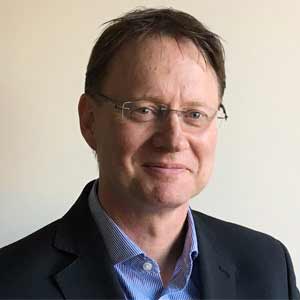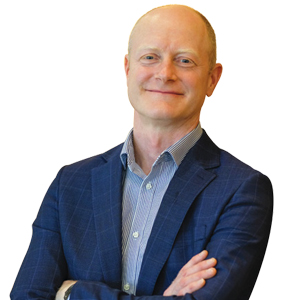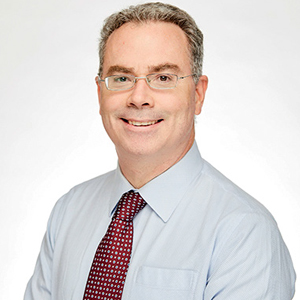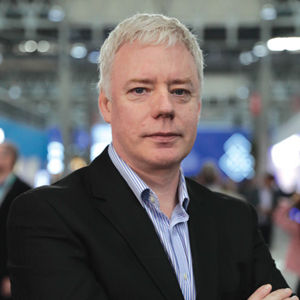THANK YOU FOR SUBSCRIBING

Transformation: Moving a Large Organization to Agile Development
Robert F. Crudup, EVP & CIO, Investment Operations & Product Management, SEI

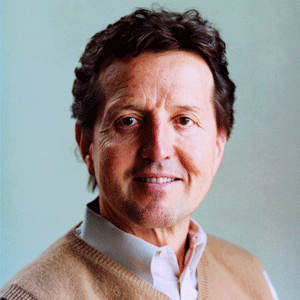
Robert F. Crudup, EVP & CIO, Investment Operations & Product Management, SEI
With today’s reliance on software, many companies are increasingly facing the challenge of building complex global systems to support workflow. To meet these challenges, some information technology organizations have shifted from a predictive and iterative development process, supported by a command-control management style, to an agile (adaptive) development process, supported by servant leadership and a self-organized team approach.
However, the move to an adaptive development process has challengesof its own. In fact, research shows that one of the main reasons agile adoption fails is due to an organization’s culture, and its general resistance to change.
“Research shows that one of the main reasons agile adoption fails is due to an organization’s culture, and its general resistance to change”
Being no stranger to change or breaking corporate-culture norms, SEI leadership decided to transform its development process in order to better position the company for the future. The complexities of this decisionwere compounded by the fact that the company’sSoftware as a Service (SaaS) needed to support multiple business units with varying needs.
SEI’s core mainframe system was written in the 1970s and extended over several decades tomeet the needs of the company’s continuously expanding client base. In 2006, SEI began building a highly-configurable, next-generation platform, the SEI Wealth Platform. The new platform wouldexpandthe company’s technology functionality, allowing it to serve more markets, lower processing costs, and maintain existing quality standards.
Historically, SEI’s technology developments were managed by a typical project management office (PMO). The PMO set project scope and deliverable dates, and was focused on delivering large architecture and business functionality.The timing of these large software releases spanned an average of 10 months.
One of the greatest challenges for SEI was the magnitude of building a complex global securities accounting and trading system for multiple business segments. Though there were some consistent needs across SEI’s business units, each also had unique, critical front-, middle-, and back-office needs. These different requirements complicated the application software, architecture design and development. Predictable project-delivery dates and transparency into the process were lacking.
Once SEI transitioned to an enterprise agility framework, managed by a portfolio program management office (PPMO),project focus was on a clear and well-understood vision, driven by prioritized business values.SEI’s Product Management and Architectural Business Design teams were merged and began cross-training. For large software-development projects, “epics” in agile-speak, cross-functional design teamslead by an epic owner were empowered to build functional design. Smaller projects could go directly to a “scrum” team.With that cadence, nothing stopped for agile. The enterprise agile approach deliveredhigh value business functionality on a 13-week cycle.
The transition also resulted in delivery of higher quality code, continuous improvement, predictability of delivery, and strengthened relationships between the development teams and business units. The ongoing program execution synchronized alignment with the business, collaboration across company and dependable delivery. Using the SAFe framework the development teams delivered better “suited for purpose” code. Reduction in riskand prevention of resource burnout lead to a sustainable delivery pace.
Large agenda change management is a risk for any organization. Large transformational changes must be led by a CIO and PPMO who have the tenacity, curiosity and compassion to influence people and manage the process. A third-party consulting firm with a proven framework is also imperative. SEI chose Scaled Agile Framework for the Enterprise® (SAFe®).SAFe® is a proven, public-facing framework for applying lean and agile practices at enterprise scale. The framework provides:
- A strong process that can be adapted to a firm.
- Standard vernacular to define the agile world consistently.
- Standardized training with certifications.
- Best practices consulting.
- A disciplined cadence that sets defined objective milestones.
- Prototyping as part of the development process.
- A vision and communication plan.
- A tool to allow constant improvement (Inspect and Adapt).
- Insight and transparency from the executive level to the development teams.
A transformation such as this requires new skills, habits and mindsets. It is important to create and communicate a centralized vision and strategy, while supporting decentralized execution. During the transformation process, step back and observe employees and consultants. Take the time to recognize early adopters and empower them to be ambassadors. It is important to recognize that not all current employees and consultants will admire the new process. In some cases, strong resistance may come from senior managers. Collaboration and respect throughout the transition will help your company navigate the turbulent waters. Over time, cohesion will come from common goals fueling a successful transformation. Employees who cannot align with the vision and become a benefit to the transformation will eventually be the outliers; if they cannot change, they cannot stay. But, it is important to give the culture time to evolve and change. Initiating and supporting ongoing process improvements throughout the transition to agile, andempowering your employees will move your organization to the leading edge.
In three months, SEI movedits SEI Wealth Platform development teams to agile. And, while the transformation took time and patience, it is clear to employees and leadership that the decision has paid off. Three years into this effort the transformation has taken strong root,heading to high quality, predictable software delivery and architectural runways.
SEI(NASDAQ: SEIC) is a financial services company offering investment processing, management, and operation solutions. The company is based in Hong Kong.



